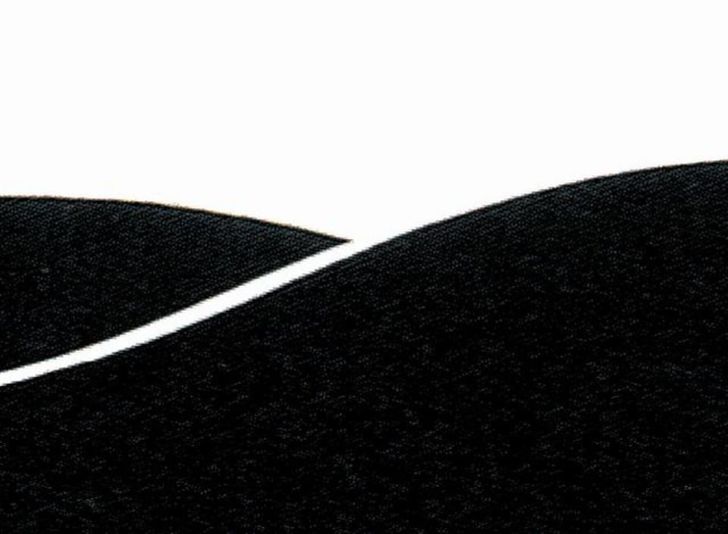Following is a transcript of a wonderful video I found on Vimeo today. Thanks to Maria Popova and The Marginalian where I found this.
Where am I going with design?
That's a hard question. because none of us has really the ability to understand our path until it's over.
I've always believed that the life of a designer is a life that is very much between two sensibilities, that of the businessman and that of the artist. And everybody kind of has a sense of where they fit in that spectrum. And if you feel close to the life of an artist, has a relationship to the role of art and culture, which is essentially a benign role.
My belief is that if you like Mozart and I like Mozart, we already have something in common. So the likelihood of our killing each other has been diminished. That art performs this pacifying function in culture, and that, its practitioners create commonalities. They create things to gather about. I always quote a guy named Lewis Hyde who wrote about primitive cultures where there's an exchange of gifts.
If you like Mozart and I like Mozart, we already have something in common. So the likelihood of our killing each other has been diminished.
That cannot be kept, but have to be passed on. And the passing on of gifts is a device to prevent people from killing one another. Because they all become part of a single experience. And his leap of imagination occurs when he says, And this is what artists do in culture. Artists provide that... gift to the culture so that people have something in common.
And I think for all of us who identify, with the role of artists in history, have that intuition about things and want our work to serve that purpose. Certainly, as much as we want our work to sell products. Although not everybody feels the same way about it.
Why do I teach?
Fundamentally, I teach because it makes me feel good. It's helped me, certainly clarify, my own objectives. There's nothing more exciting than seeing someone whose life has been affected by, in a positive way, by something you've said. There's nothing more exciting to see somebody change from a sort of condition of, inertness or inattentiveness into a mind that begins to inquire about meaning.
I think if you don't do something to project into the future that way, the possibility for total self absorption and narcissism becomes very much greater.
My idea about graphic designers and social commentary is that that is part of the practice. I've always believed that because you have access to people's minds and you communicate to people, that there is a corresponding responsibility, the responsibility of being a good citizen. And also recognising that if you have the ability to transfer ideas from one point to another, that those should be ideas that cause no harm.
So, it doesn't matter so much whether graphic design is an effective vehicle, as much as, for personal reasons, you want to be operating within the life of your time. I mean, you want to do things that have some relationship to your community, to your family, to your city, to your country, to the world.
I think the most interesting thing that one can say about one's later life is that if you can sustain your interest in what you're doing, you're extremely fortunate person. What you see very frequently in people's professional lives and perhaps in their emotional life as well, is that they lose interest in that.
In the third act, you sort of get tired and indifferent and sometimes defensive and you kind of lose your capacity for astonishment. And that's a great loss because The world is a very astonishing place. So I think what I feel fortunate about is that I am still astonished, that things still amaze me.
And I think that that's a great benefit of being in the arts, where the possibility for learning never disappears, where you basically have to admit you never learn it.
FIN
Thanks to Hillman Curtis for making this and sharing in public. Here’s the video.




